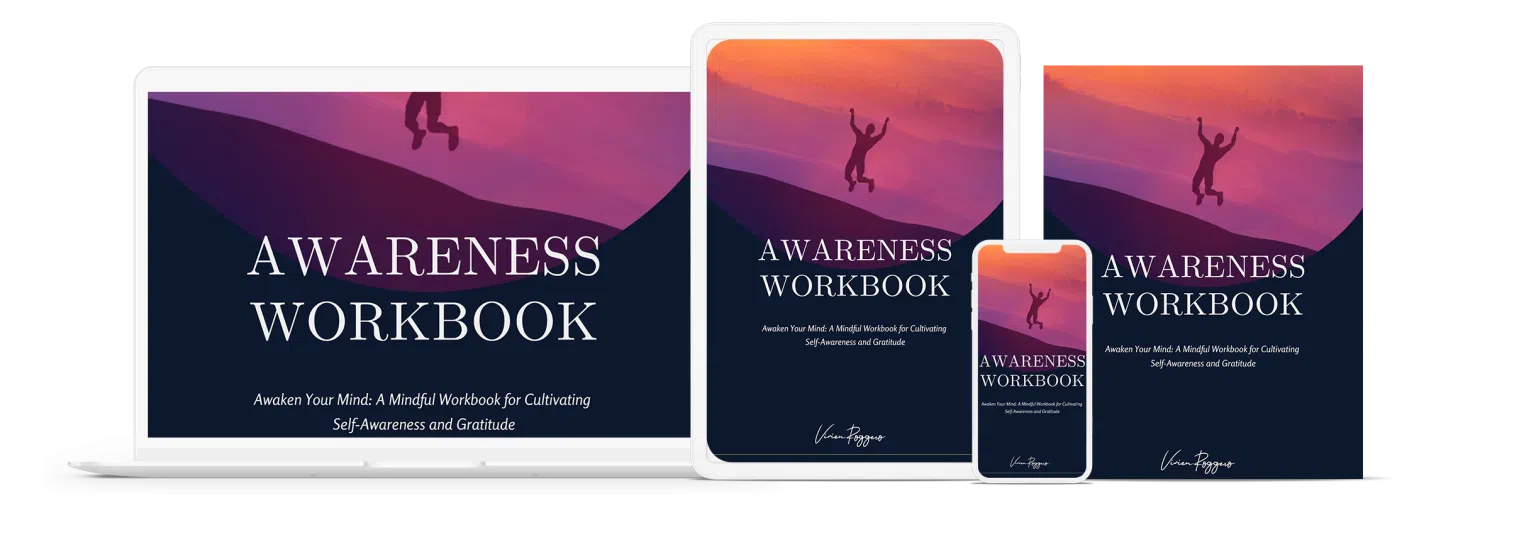PTSD is a psychological disorder that arises from experiencing or witnessing a traumatic event. It can manifest in symptoms such as recurring flashbacks, nightmares, extreme anxiety, and persistent, intrusive thoughts related to the traumatic incident. It can affect individuals of any age, gender, or background and can have a lasting impact on their emotional and psychological well-being.
In this context, it is important to understand the different types of PTSD, their associated symptoms, and how to recognize them.
Furthermore, PTSD can be a highly debilitating condition, but there are effective treatments available that can help individuals manage their symptoms and regain a sense of control over their lives. This article aims to explore the different types of PTSD, their symptoms, and available treatment options to help those who may be struggling with this condition.
What is PTSD?
A mental health condition called post-traumatic stress disorder impacts 4–10% of adult US citizens. Although PTSD frequently affects veterans of war, it can also impact a wide range of other persons.
When a person has a trauma that leaves them feeling extremely anxious and distressed, PTSD develops. No matter their age or level of experience, anyone can encounter it. But the penalty is not indefinite. PTSD is an illness that may be addressed, and there are many different therapies and treatments available.
Post-traumatic stress disorder is the subject of numerous myths. Because of this, many people might not be conscious that the anxiety they are experiencing could be PTSD. The fact is that PTSD comes in a variety of forms, each with a unique set of causes and treatments.
Types of PTSD
Here are the different types of PTSD:
Normal Stress Response
What happens before the onset of PTSD is a normal stress response. It does not constantly result in a full-blown condition, though. This response can result from incidents like car accidents, wounds, diseases, operations, and other causes of excessive tension and stress. With the help of friends, family, and private or group therapy sessions, a normal stress reaction can usually be effectively handled. Within a couple of weeks, people who are experiencing a normal stress response will feel better.
Acute Stress Disorder
Even though it’s distinct from PTSD, acute stress disorder can happen to those who have experienced anything that is or feels life-threatening. Acute stress disorder can be brought on by a variety of stresses, including natural catastrophes, the loss of family members, loss of employment, or the risk of dying. Acute stress disorder may really progress to PTSD if neglected. Treatment options for acute stress disorder include medication, rigorous programs created by a psychiatrist, personal and group counseling, and medications.
Uncomplicated PTSD
The simplest form of PTSD to cure, uncomplicated PTSD is caused by a single, significant traumatic experience as opposed to several episodes. Uncomplicated PTSD symptoms involve avoiding traces of the traumatic incident, nightmares, memories, anger, mood swings, and changes in relationships. Treatment options for simple PTSD include therapy, medication, or a mixture of the two.
Complex PTSD
Unlike uncomplicated PTSD, complex PTSD is more severe. It is brought on by numerous traumatic experiences, not only one. Complex PTSD is frequent in situations including domestic violence or abuse, frequent exposure to conflict or violent crime, or unexpected loss. Although they have similar effects, complex PTSD is treated a little more aggressively than uncomplicated PTSD. Complex PTSD sufferers may also have psychotic symptoms, borderline or antisocial psychological disorders, or both. They display problematic behaviors like violence, instability, substance misuse, and sexual impulsive behavior. Extreme emotional problems such as severe anger, despair, or panic can also be seen in them.
Comorbid PTSD
Co-occurring disorders are often referred to as comorbid PTSD. It is used when a person has many mental health concerns, frequently in conjunction with drug usage problems. As many people experience many conditions simultaneously, comorbid PTSD is very prevalent. The best outcomes come from treating the co-occurring mental health problem and the co-occurring PTSD concurrently. Many PTSD patients make an effort to manage their condition on their own. Self-medication and other harmful practices are examples of this. Alcohol or drug abuse will only make the situation worse and make therapy more time-consuming.
Symptoms
Post-traumatic stress disorder effects can begin as soon as one month after a stressful experience, but they can also take years to manifest.
Intrusive memories, avoidance, unfavorable changes in thought and attitude, and changes in bodily and mental behaviors are the four main categories of PTSD symptoms. The severity of symptoms can change over time or from one individual to another.
Intrusive memories
Here are some signs of intrusive memories:
· Unwelcome and recurrently upsetting memories of the terrible incident
· Reliving the upsetting experience as though it were going to happen again (flashbacks)
· Disturbing nightmares or dreams involving the horrific occurrence
· Severe mental discomfort or adverse physical responses to things that bring back terrible memories
Avoidance
· Avoidance symptoms could include:
· Attempting to avoid reflecting on or discussing the painful incident
· Avoiding things, people, or situations that make you think of the painful occurrence
Negative shifts in attitude and thought
Negative shifts in thought and mood might manifest as the following symptoms:
· Bad perceptions about oneself, others, or the entire world
· Loss of hope for the future
· Memory issues, such as forgetting crucial details of the traumatic incident
· Keeping intimate relationships is challenging.
· Feeling cut apart from friends and relatives
· Absence of enthusiasm for activities you once enjoyed
· Having trouble feeling positive thoughts
· A lack of emotional response
Alterations in physiological and emotional responses
Arousal symptoms, often known as altered bodily and emotional responses, might include:
· Having a weak sense of alarm or startle
· Being constantly alert for danger
· Self-destructive conduct, such as binge drinking or speeding
· Difficulty sleeping and concentrating
· Anger flare-ups, irritability, or violent conduct
· Extreme shame or guilt
Signs and symptoms for kids aged 6 and under may also include:
· Playing out the painful incident or parts of it
· Scary dreams that might or might not feature elements of the horrific occurrence
Treatment
Therapy
Three fundamental objectives underlie PTSD therapy:
1. Symptom improvement
2. Teach you how to handle it
3. Regain your self-confidence
Cognitive behavioral therapy (CBT)
Cognitive behavioral therapy (CBT) is the category under which the majority of PTSD treatments fit. The goal is to alter the negative mental processes that are interfering with your life. This may be accomplished through discussing your trauma or focusing on the source of your concerns.
Depending on your circumstances, group or family therapy may be a better option for you than individual counseling.
Cognitive Processing Treatment
CPT is a 12-week treatment program that entails weekly sessions that last 60 to 90 minutes.
Your therapist will first discuss the traumatic occurrence with you and how it has affected your life as a result of your ideas about it. After that, you’ll describe what took place in painstaking depth. This method assists you in examining the mental models of your trauma and developing new coping mechanisms.
Prolonged Exposure Therapy
PE will assist you in facing things that have been making you think of the traumatic experience. There are eight to fifteen sessions, with most lasting 90 minutes.
Your psychotherapist will train you in breathing exercises early on in treatment to alleviate your anxiety as you reflect on what occurred. You’ll later compile a list of everything you’ve been putting off and learn how to confront them one at a time. You’ll tell your psychiatrist about the traumatic event at a subsequent appointment, after which you’ll go back home and listen to a tape of yourself.
With time, carrying out this “homework” may make your symptoms go away.
Eye Movement Desensitization and Reprocessing
You might not need to discuss your story with your psychotherapist if you use EMDR. Alternatively, you focus on it as you observe or hear whatever they’re doing, such as moving their hand, creating a sound, or shining a light.
The idea is to be capable of thinking positively while recalling your tragedy. A weekly commitment of three months is required.
Stress Inoculation Training
A subset of CBT is SIT. You can complete it alone or with others. You won’t need to describe what happened in great detail. The emphasis is largely on altering how you approach event-related stress.
You could pick up massage techniques, breathing exercises, and other methods to quit stressing and relax your thoughts and body.
You should be able to release the extra tension from your life after around three months.
Medications
Individuals experiencing PTSD process “threats” in their brains differently, in part due to an imbalance in the chemical messengers known as neurotransmitters. You feel jittery and uneasy because they have a readily elicited “fight or flight” reflex. Attempting to block that out all the time could make you feel emotionally distant and cold.
With the use of medication, you can cease reflecting on what happened and responding to it, including experiencing dreams and flashbacks. They may also assist you in adopting a more positive view of life and returning to feeling “normal.”
Your symptoms won’t likely go away with medication, but it can lessen their severity and make them easier to handle.
Conclusion
Everyone reacts differently to stressful events, and the body might react in a variety of ways. The responses of each individual vary. After a stressful occurrence, one individual might experience PTSD; other people may or may not.
It’s okay to have PTSD symptoms; you’re not the only one. You can obtain support and assistance if the traumatic event occurred to you or you only saw it. While PTSD is often treated with therapy and medication, life coaching can also be an effective tool for managing the symptoms of PTSD and help them overcome the challenges they face and move towards a better life. Learn more tips on how to overcome those traumatic experiences through Vivien Roggero’s life coaching.













![2024 Awareness Wordbook by Vivien Roggero [Self-discovery tools]](http://vivienroggero.com/wp-content/uploads/2023/04/Book-Awarness-Full-pack.png)